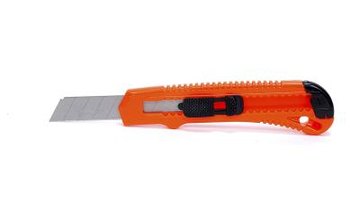How to Trim Tar Paper Around Windows & Doors
Tar paper, also known as felt paper, is an asphalt paper that protects the openings around windows and doors during construction. Tar paper also can help improve drainage around these openings. The paper prevents water from passing through the openings into the home while allowing a small level of moisture. In addition to water protection, tar paper also helps to seal the openings, preventing heat from escaping the home and cold air from seeping in from the outside. To be effective, however, you must trim the paper carefully, placing it precisely around the openings and installing the pieces in the proper order.

Step 1
Measure the sides of the openings for length of the tar paper being applied. Add 4 inches to the measurements so that applied paper will overlap.
Step 2
Measure the width of the opening from the outside to the inside. Add 4 inches to the measurement to get the width of the pieces of building paper.
Step 3
Cut the tar paper to the lengths and widths taken. To cover a single opening will require four strips of tar paper: two for the sides; one for both the top and bottom of the opening.
Step 4
Attach the bottom strip to the opening. The strip should be placed so that it lies 2 inches beneath the bottom of the opening and extends 2 inches to each side of the opening. Use the hammer stapler to secure the strip to the building. Fold the strip over the opening, using a utility knife to cut notches at the fold to allow the strip of paper to fold cleanly over the edges. The strip should fold over and have 2 inches on the other side of the opening to attach using the stapler. Staple the two flaps created inside the opening when the strip was notched in order to fold it over to the wall of the opening.
Step 5
Attach the two side strips using the same process as the bottom strip. The ends of the two strips should overlap the bottom strip to create a drainage plane for water running down the length of the building.
Step 6
Attach the top strip, notching it as you did the bottom strip. Overlap the side strips to complete the drainage plane. The final construction should create a complete square around the window or door opening.
References
Resources
Tips
- Use more staples in windier areas when attaching the tar paper to provide a more secure coverage.
Writer Bio
Larry Simmons is a freelance writer and expert in the fusion of computer technology and business. He has a B.S. in economics, an M.S. in information systems, an M.S. in communications technology, as well as significant work towards an M.B.A. in finance. He's published several hundred articles with Demand Studios.
Photo Credits
- Ablestock.com/AbleStock.com/Getty Images
More Articles



